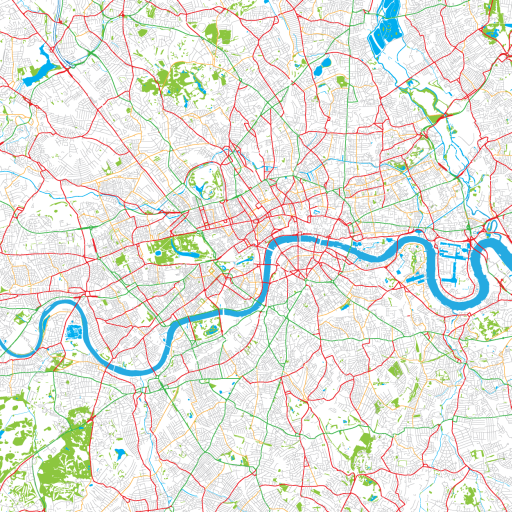London is a big city. It’s a very big city.
Physically, the City of London proper fits within a little over a square mile, but the greater metropolitan area is over 600 square miles. Demographically, it’s one of the largest cities in the entire European Union – well, one of the largest cities in Europe (thanks, Brexit), with a municipal population of >8.6 million (as of 2015) and metropolitan population around 14 million. And personally, I think it’s too damn big.
 Some context: I grew up in a small college town in Western Massachusetts (pop. 30k), and liked the cozy, rural setting so much that I went to college in – wait for it – Northfield, Minnesota, a small college town that’s equally cozy and extra rural (pop. 20k). Here’s my hometown’s main street (right):
Some context: I grew up in a small college town in Western Massachusetts (pop. 30k), and liked the cozy, rural setting so much that I went to college in – wait for it – Northfield, Minnesota, a small college town that’s equally cozy and extra rural (pop. 20k). Here’s my hometown’s main street (right):
And below is the main (read: only) street in Northfield, MN:
These photos accurately capture the average level of hustle and bustle of both their respective subjects. They also give an appropriate sense of scale: wide streets, buildings rarely exceeding more than three stories, and not many navigational challenges. After all, it’s simple to get around when there’s only a single-digit number of streets in the town’s center.
Because I’ve only really lived in these two small towns, I’ve never needed a strong sense of direction. Never having needed a sense of direction (especially with the advent of GPS navigation), I don’t have one. This is fine in most towns, and it’s hardly been a problem in most American cities*, either, because of the straightforward grid system that dominates our metropolitan areas like New York, Chicago, etc.
*Boston is a notable exception. Great city, but God help you if you want to drive there.
And then there’s London. Unlike the States, most of the city is older than automobiles, and thus older than the need for long, broad streets that intersect at right angles. One of my favorite hubs for food and relaxation nearby is Seven Dials, visible on the right, which was laid out by one Thomas Neal in 1690. Quite a lovely area, but I once got lost for thirty minutes trying to locate one specific café.
intersect at right angles. One of my favorite hubs for food and relaxation nearby is Seven Dials, visible on the right, which was laid out by one Thomas Neal in 1690. Quite a lovely area, but I once got lost for thirty minutes trying to locate one specific café.
Also, they don’t have always street signs on poles in the street like we do in the USA – again, not a car-friendly city. Instead, most signs are tucked away on the sides of buildings, often two, three stories up, like they’re trying to be inconspicuous. There are occasional street kiosks with local maps and “You Are Here” markers, but they’re not consistent or obvious with what edge of the map corresponds to which cardinal direction, which once landed me in Trafalgar Square when I meant to follow a road back to Bloomsbury Park.
My final observation-cum-complaint is on London’s density. As discussed before, even though the metro area is large, most of the action happens in a small area with a lot of people. The streets are narrow, forcing architects to build up rather than out so the buildings loom overhead, compounding the tightness of the streets, and on top of everything else there’s just people, people everywhere, constantly in a rush. Being on the streets of London is like being squeezed in on all sides, all the time. Don’t get me wrong: I quite enjoy it here, but it’s not friendly to newcomers, and I’ll be glad to return home for streets made for people like me.
Until next time,
Matthew Pruyne
Carleton College Class of ’17

